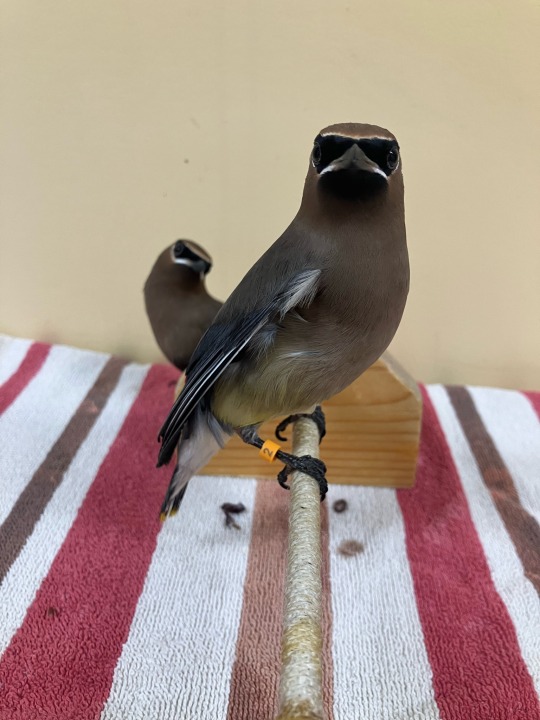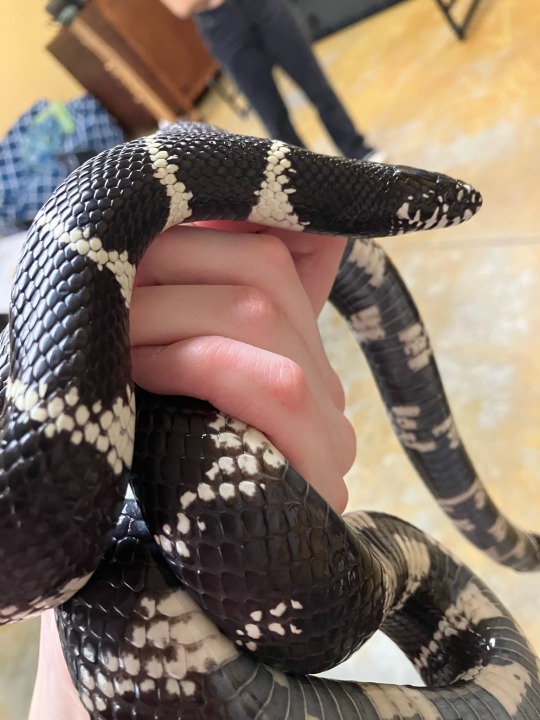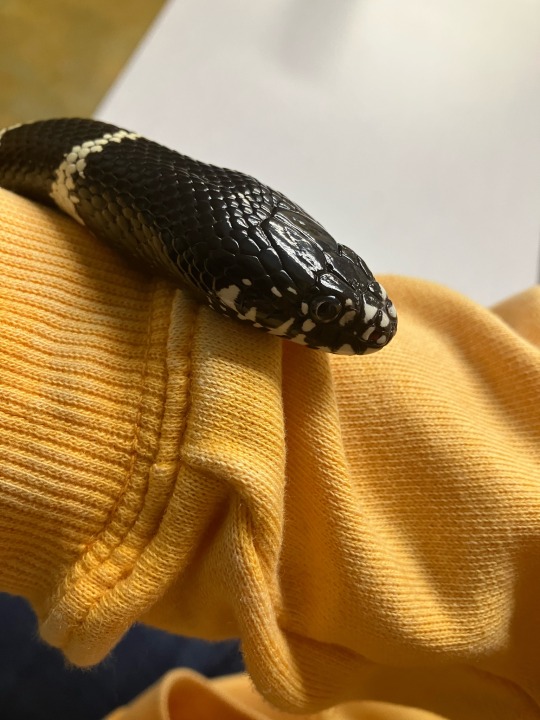#to educate others about their species and conservation. they’re all non-releasable and are trained to be ambassadors for their kind.
Explore tagged Tumblr posts
Text
In excellent news, I have now been signed off on the animal ambassadors I’ve been working with this semester- this means I am now a trainer (albeit not a mentor) as opposed to being trained in how to work with them.
Behold.





#the songbirds are Cedar Waxwings and the snake is a California King. soon I’ll be presenting them in front of classes and the public#to educate others about their species and conservation. they’re all non-releasable and are trained to be ambassadors for their kind.#it’s been a real privilege to work with them up close in this program. I’ve learned a lot! it’s also just a lot of fun.#wildlife stuff
15 notes
·
View notes